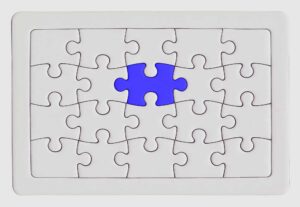What Is An On Page-SEO?
Search Engine Optimization (SEO) is a complex process that includes various techniques to optimize websites and increase their visibility on search engine result pages. On-page SEO is one such technique that focuses on optimizing various elements on the website itself, whereas Off-page SEO deals with the techniques that can be used outside the website to increase its authority and relevance.
(Looking for”Affordable SEO Solutions“? Contact us Today!)

In this article, we will discuss in detail what on-page SEO is and how it works.
On-page SEO is a technique used to optimize the website pages for search engines and users. The primary objective of on-page SEO is to make the website content more accessible and understandable to the search engine crawlers and users. The on-page SEO includes various elements such as the website structure, meta tags, headings, content, images, and other multimedia elements.
Here are some of the essential elements of on-page SEO:
- Title Tags: Title tags are an essential on-page SEO element that appears at the top of the web page. The title tag tells search engines what the page is about and helps them understand the page’s context. The title tag should be concise, descriptive, and unique.
- Meta Descriptions: The Meta description appears under the title tag in search engine results. It provides a brief description of the page’s content and helps the user decide whether to click on the link or not. A well-written Meta description can significantly improve the click-through rate (CTR) of the web page.
- Heading Tags: Heading tags, also known as H1, H2, H3, etc., are used to structure the content of the web page. The H1 tag should be used for the main heading of the page, and the subsequent tags should be used to organize the content.
- URL Structure: The URL structure of the web page is an essential on-page SEO element. The URL should be concise and descriptive, and it should include the primary keywords of the page.
- Content: Content is the backbone of any website, and it plays a crucial role in on-page SEO. The content should be informative, unique, and relevant to the website’s topic. It should include the primary and secondary keywords of the page.
- Images: Images and other multimedia elements can enhance the user experience and make the content more engaging. The images should be optimized with alt tags and descriptive file names to make them more accessible to search engine crawlers.
- Internal Linking: Internal linking is an on-page SEO technique that involves linking to other pages within the same website. Internal linking can help distribute link equity throughout the website and improve the website’s overall authority.
In conclusion, on-page SEO is a crucial element of any SEO strategy. By optimizing the on-page elements of the website, you can improve the website’s relevance, authority, and visibility on search engine result pages. A well-optimized website can significantly improve the user experience and attract more traffic to the website.

Recent Comments